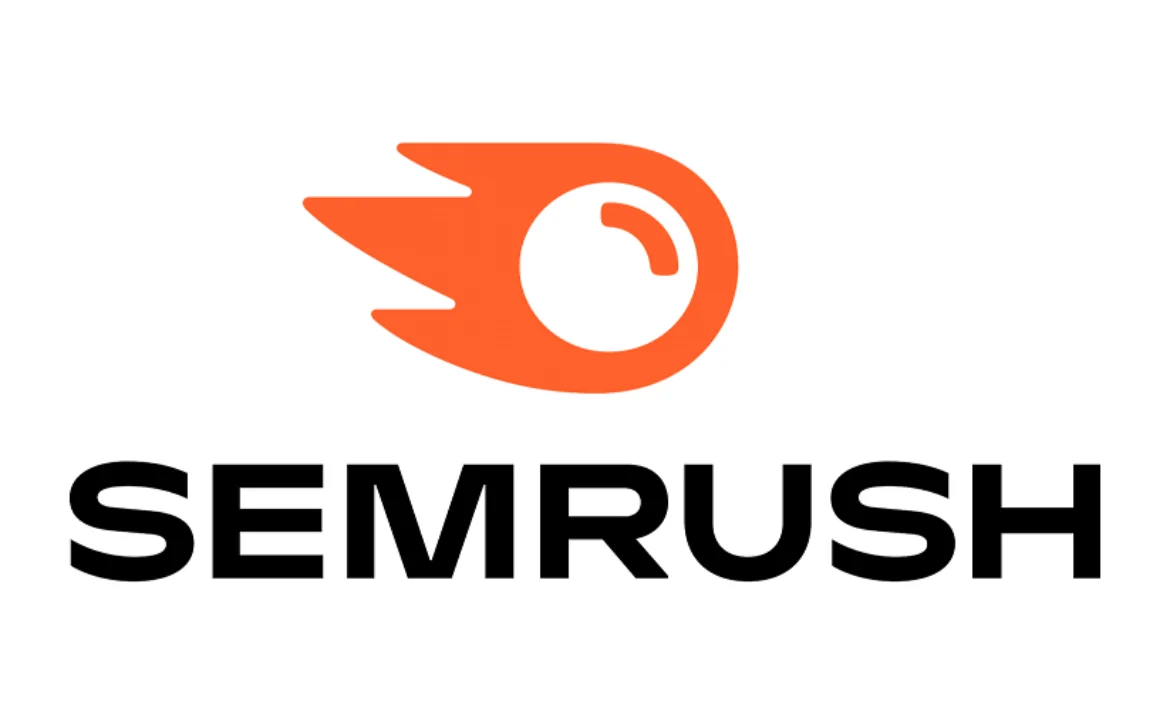Advanced SEMrush SEO Techniques Taking Website to the Next Level
In today’s digital landscape, having a well-optimized website is crucial for standing out in search engine rankings. Whether you’re a blogger, business owner, or digital marketer, using SEMrush SEO can help you gain a competitive edge. SEMrush is one of the most powerful SEO tools available, offering a suite of features designed to improve website performance, keyword research, backlink analysis, and more.
Many SEO professionals compare SEMrush with other tools like Ahrefs, Ubersuggest, and Similarweb, but what sets SEMrush apart is its comprehensive approach to SEO management. This SEMrush SEO review will dive into the advanced techniques that can take your website from an average performer to a search engine powerhouse.
While SEMrush is a paid tool, there are ways to access Semrush free features, allowing users to experience its capabilities before committing to a SEMrush pricing plan. Whether you’re conducting an SEO audit, tracking rankings, or researching competitors, SEMrush provides valuable insights that can enhance your strategy.
This SEMrush SEO tutorial will explore the advanced techniques that can help you maximize the platform’s potential. From deep keyword research to competitor analysis and content optimization, you’ll learn how to leverage SEMrush to improve your website’s ranking and visibility. Let’s dive in!
SEMrush SEO: Conducting Advanced Keyword Research
SEMrush’s Keyword Magic Tool allows you to uncover high-volume, low-competition keywords tailored to your niche.
- Use Keyword Gap Analysis to compare your website’s keywords with competitors.
- Identify long-tail keywords that offer better conversion rates.
- Leverage the Keyword Difficulty Tool to find easy-to-rank terms.
Combining SEMrush with Ubersuggest can provide additional keyword variations, ensuring a well-rounded keyword strategy.
Performing a Comprehensive SEO Audit
A technical SEO audit helps identify issues that could hinder your website’s performance. With SEMrush’s Site Audit Tool, you can perform a thorough analysis of your website’s health and uncover technical SEO issues. The tool scans for broken links, duplicate content, and slow-loading pages, all of which can negatively impact user experience and search engine rankings. Additionally, it detects crawlability and indexability issues, ensuring that search engines can properly navigate your site. The audit also provides recommendations for optimizing meta descriptions, title tags, and header structures to improve on-page SEO. Regularly conducting SEO audits will help maintain your website’s performance and compliance with Google’s best practices.
Competitor Analysis for Strategic Growth
Using SEMrush’s Competitive Research Tools, you can gain insights into your competitors’ strategies:
- Discover which keywords drive traffic to their websites.
- Track their content marketing efforts and adapt your own strategy accordingly.
Comparing SEMrush data with Similarweb can provide deeper insights into competitor traffic sources and audience behavior.
Backlink Analysis and Link-Building Strategies
Backlinks continue to be an important SEO ranking element.
- Monitor your backlink profile and remove toxic links.
- Identify high-quality sites for guest posting.
- Use the Backlink Gap Tool to find links your competitors have but you don’t.
For a well-rounded backlink strategy, consider using Ahrefs alongside SEMrush to cross-check link data.
Enhancing On-Page SEO with SEMrush
SEMrush provides powerful on-page optimization tools to ensure your content aligns with search engine algorithms.
- Use the SEO Content Template to get real-time recommendations based on top-ranking pages.
- Optimize content using SEO Writing Assistant to improve readability, keyword usage, and overall SEO score.
- Perform On-Page SEO Checker analysis to identify missing optimizations.
Tracking SEO Performance and Making Data-Driven Decisions
Once your SEO strategies are in place, tracking performance is essential. SEMrush’s Position Tracking Tool helps monitor keyword rankings, while the Traffic Analytics Tool provides insights into:
- Organic and paid traffic trends.
- Audience behavior and engagement metrics.
- Conversion rate optimization opportunities.
Pairing SEMrush with Google Analytics offers an even deeper understanding of user behavior.
SEMrush SEO Pricing and Free Alternatives
SEMrush provides a range of pricing options to suit different requirements:
- Pro Plan ($129.95/month) – Best for freelancers and startups.
- Guru Plan ($249.95/month) – Suitable for growing agencies and businesses.
- Business Plan ($499.95/month) – Ideal for large enterprises and advanced SEO teams.
For users looking for SEMrush SEO free tools, the free version provides limited access to keyword research, site audits, and competitor analysis. Other alternatives like Ubersuggest and Similarweb offer free SEO insights, but with fewer features compared to SEMrush.
In the end, SEMrush is a game-changer when it comes to SEO, offering advanced tools that help websites dominate search rankings. Whether you need to conduct deep keyword research, analyze competitors, optimize content, or track rankings, SEMrush provides a comprehensive solution. While SEMrush pricing might be a concern for some, its extensive features justify the investment. For those on a budget, utilizing Semrush free tools alongside other SEO tools like Ahrefs and Ubersuggest can still yield significant results. By leveraging these advanced SEMrush SEO techniques, you can take your website’s performance to the next level and stay ahead of the competition.



